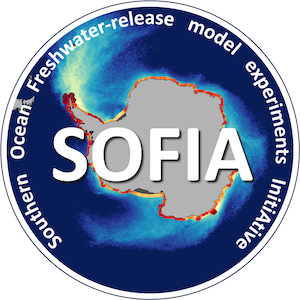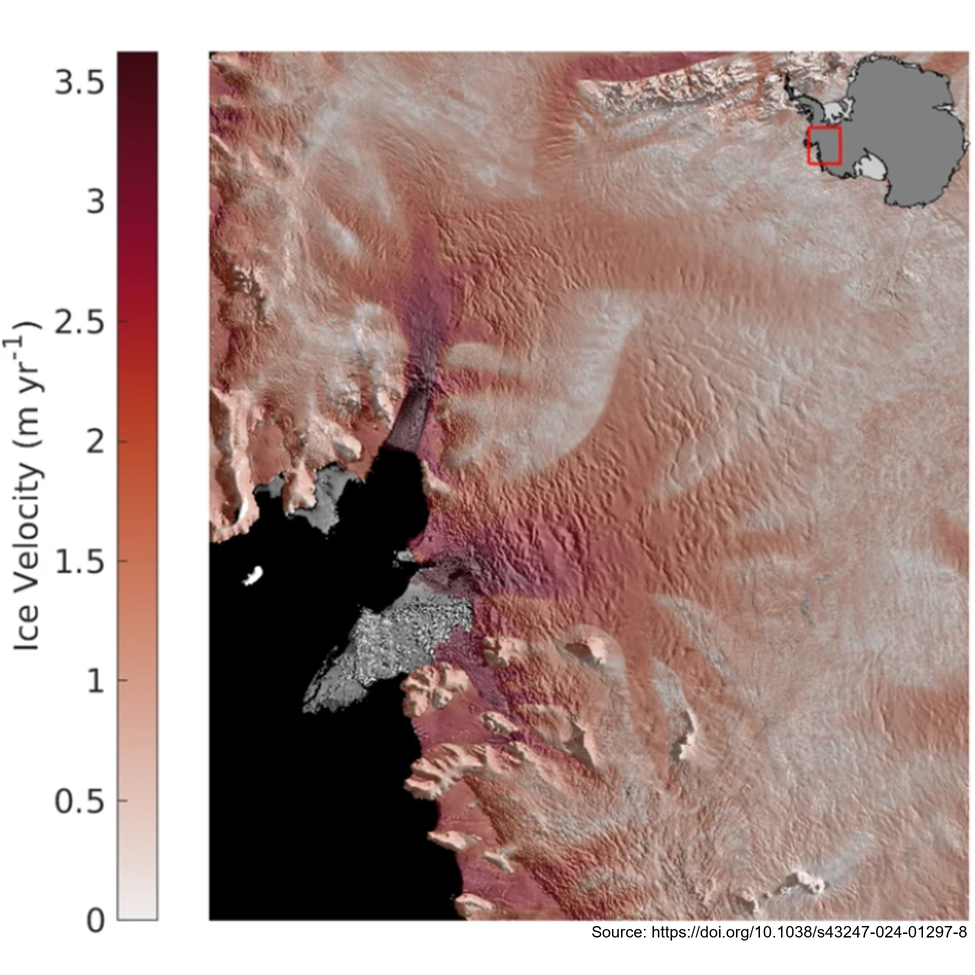ICE SHELVES
Type of resources
Topics
Keywords
Contact for the resource
Provided by
Years
Update frequencies
status
-

The Southern Ocean Freshwater Input from Antarctica (SOFIA) Initiative aims to improve our understanding of the simulated response to Antarctic freshwater input, and in particular the model uncertainty. The initiative has developed an experimental protocol and is engaging with modelling groups from around the world to run this common set of experiments using a variety of coupled climate and ocean-only models. Data from this international multi-model ensemble is openly shared for analysis, and is being synthesized into a series of publications by SOFIA participants. Full details are provided at https://doi.org/10.5194/gmd-16-7289-2023 GET DATA: https://sofiamip.github.io/data-access.html
-

This metadata record represents the data for generated by mining single-cell genomic, transcriptomic, and metagenomic data to uncover the viral diversity, biogeography, activity, and their role as metabolic facilitators of microbes beneath the Ross Ice Shelf. Hot drilling and seawater sampling was conducted from the sub-shelf water column in the central region of the RIS (Latitude −80.6577 N, Longitude 174.4626 W). The sampling site was located ≈300 km from the shelf front. A borehole (30 cm diameter) conducted by hot water drilling was used for direct sampling of seawater from three depths (400 m, 550 m, and 700 m from the top of the shelf, which correspond to 30 m, 180 m, and 330 m from the bottom of the ice shelf, respectively). Seawater samples were processed accordingly for single cell genomics, metagenomics, and transcriptomics as described5, and the resulting assembled and co-assembled contigs (min. length 1 kb) from single-amplified genomes, bins and transcriptomics were mined for detecting viral contigs. Further details are provided at https://doi.org/10.1038/s41467-023-44028-x GET DATA: https://doi.org/10.6084/m9.figshare.24581331
-

Global mean sea level has risen at an accelerating rate in the last decade and will continue to rise for centuries. The Amundsen Sea Embayment in West Antarctica is a critical region for present and future ice loss, however most studies consider only a worst-case future for the region. Here we use ice sheet model sensitivity experiments to investigate the centennial scale implications of short-term periods of enhanced ocean driven sub-ice shelf melting on ice loss and assess what future reduction in melting is necessary to mitigate ice stream retreat and offset global sea level rise. Our findings reveal that restoring elevated melt rates to present-day levels within 100 years causes rates of ice discharge to immediately decline, thereby limiting the overall sea level contribution from the region. However, while ice stream re-advance and slowed ice discharge is possible with reduced basal melting, a centennial scale increase in accumulation must occur to offset the extensive ice loss. Further details are provided at: Alevropoulos-Borrill, A., Golledge, N.R., Cornford, S.L. et al. Sustained ocean cooling insufficient to reverse sea level rise from Antarctica. Commun Earth Environ 5, 150 (2024). https://doi.org/10.1038/s43247-024-01297-8 GET DATA: https://doi.org/10.17605/OSF.IO/UYMA6
 GeoData.NZ
GeoData.NZ